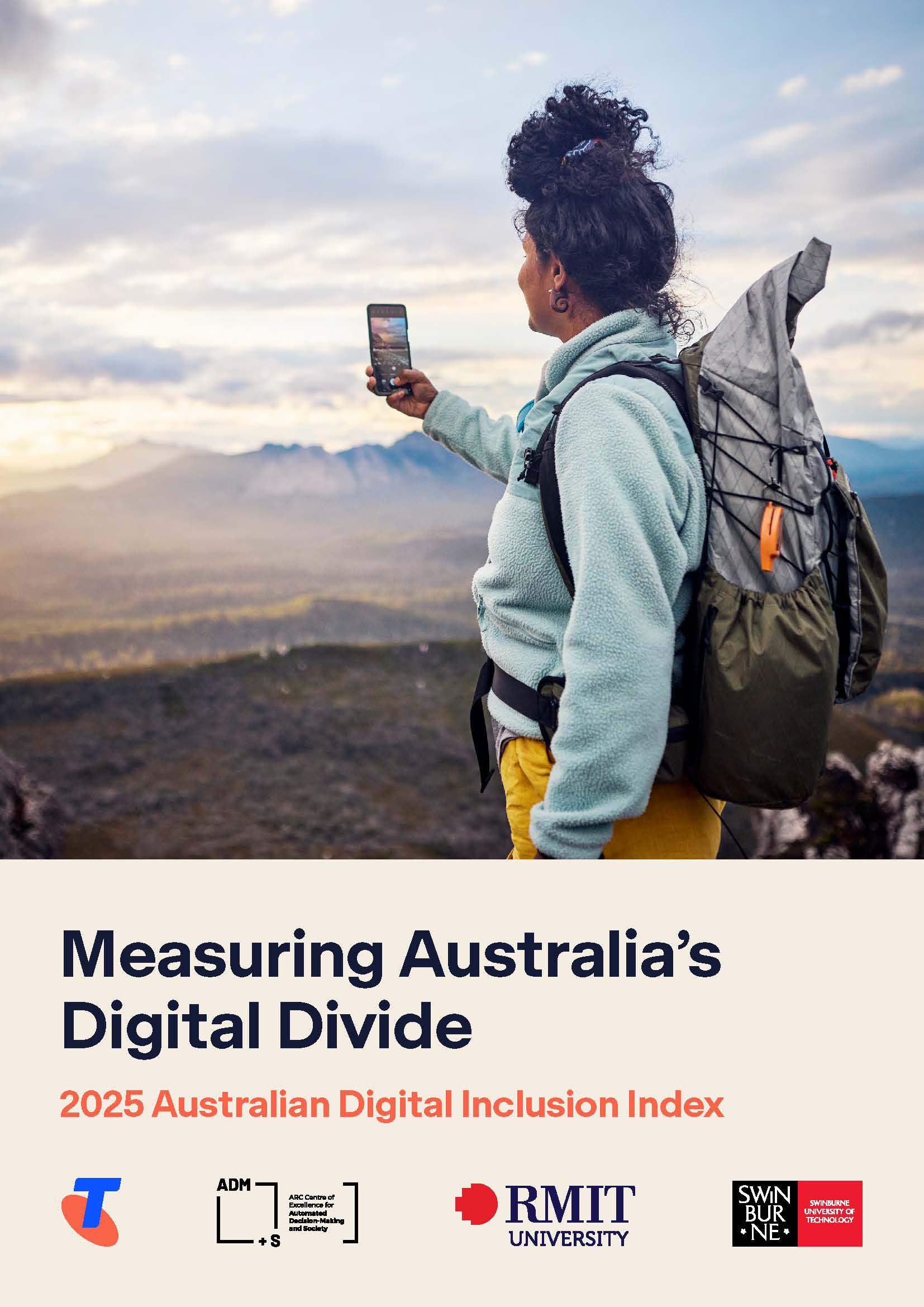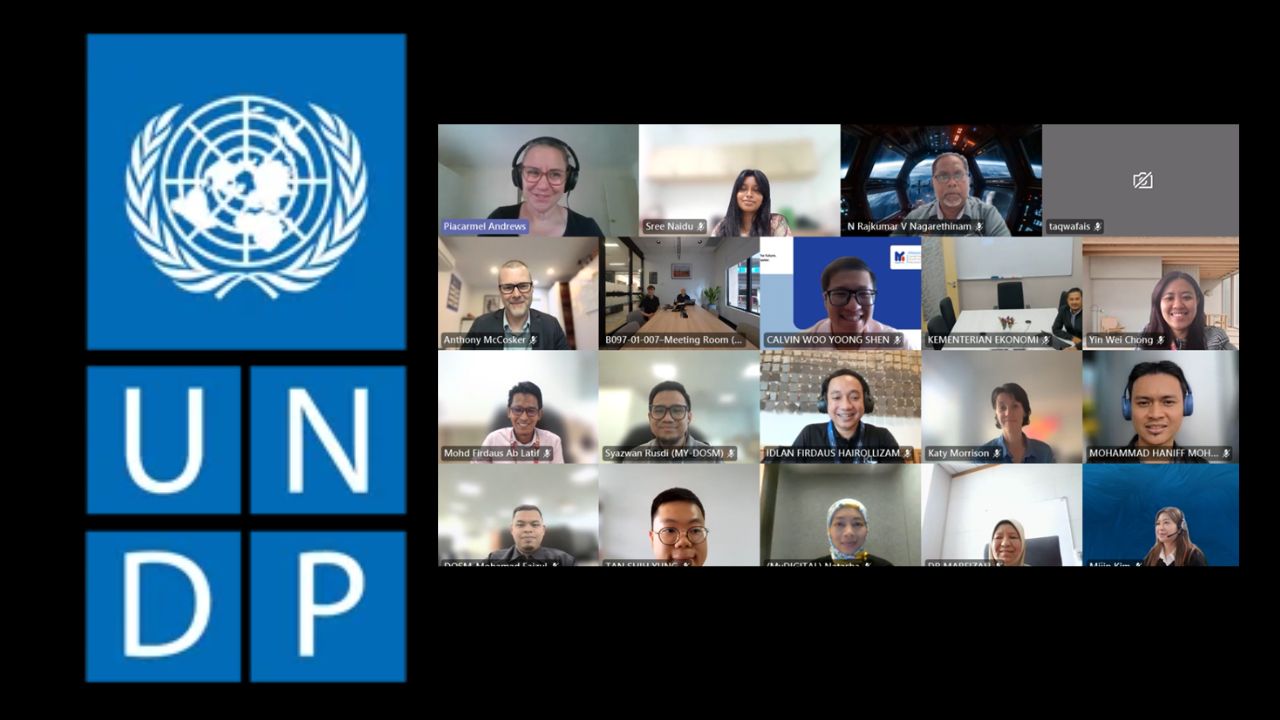The Australian Digital Inclusion Index tracks and reports on digital inclusion in Australia

Digital inclusion is about ensuring that everyone can access, afford and has the ability to connect, participate and benefit from the digital world.

Watch this short video for an overview of the Australian Digital Inclusion Index and the key insights from this year’s study.
Digital inclusion at the national level continues to improve.
Access has improved since 2023, with scores rising 4.8 points nationally to 76.8.
The 2025 Affordability score is 70.3, with significant levels of affordability stress for low-income households.
Digital Ability has improved since 2023, with scores rising 8.7 points to 73.6.
The national gap between First Nations and other Australians is 10.5 points. It widens sharply in remote (16.5) and very remote (22.8) areas. 40.9% of First Nations people are digitally excluded.
Around one in five (20.6%) Australians are excluded or highly excluded and roughly one in ten (9.2%) are highly excluded. Rates of exclusion are much higher for people aged 75+ years (66.5%), those who did not complete secondary school (54.5%), public housing residents (45.2%) and First Nations people (40.9%).
Almost one in ten Australians rely solely on mobile access, limiting opportunities for work, study and access to essential services. Rates are higher for public-housing residents (18.8%), those without secondary school completion (17%), people with disability (14.3%) and those living outside capital cities (12.4%).
Due to cost pressures, around a fifth of Australians cut back on speed or data to stay connected. This underprovision limits access to study, work and vital services.
Almost half of Australians recently used a generative AI tool. Use is higher among people aged under 45, students and those working in professional and managerial roles.
Digital inclusion remains higher in capital cities than elsewhere. Outside capitals, gaps are largest for Digital Ability (7.8 points) and Affordability (5.3 points).

Click below to download the full report in PDF format. Index data is available to explore and download via the interactive data dashboards.





If you would like to know more about the research, please get in touch by clicking below.
